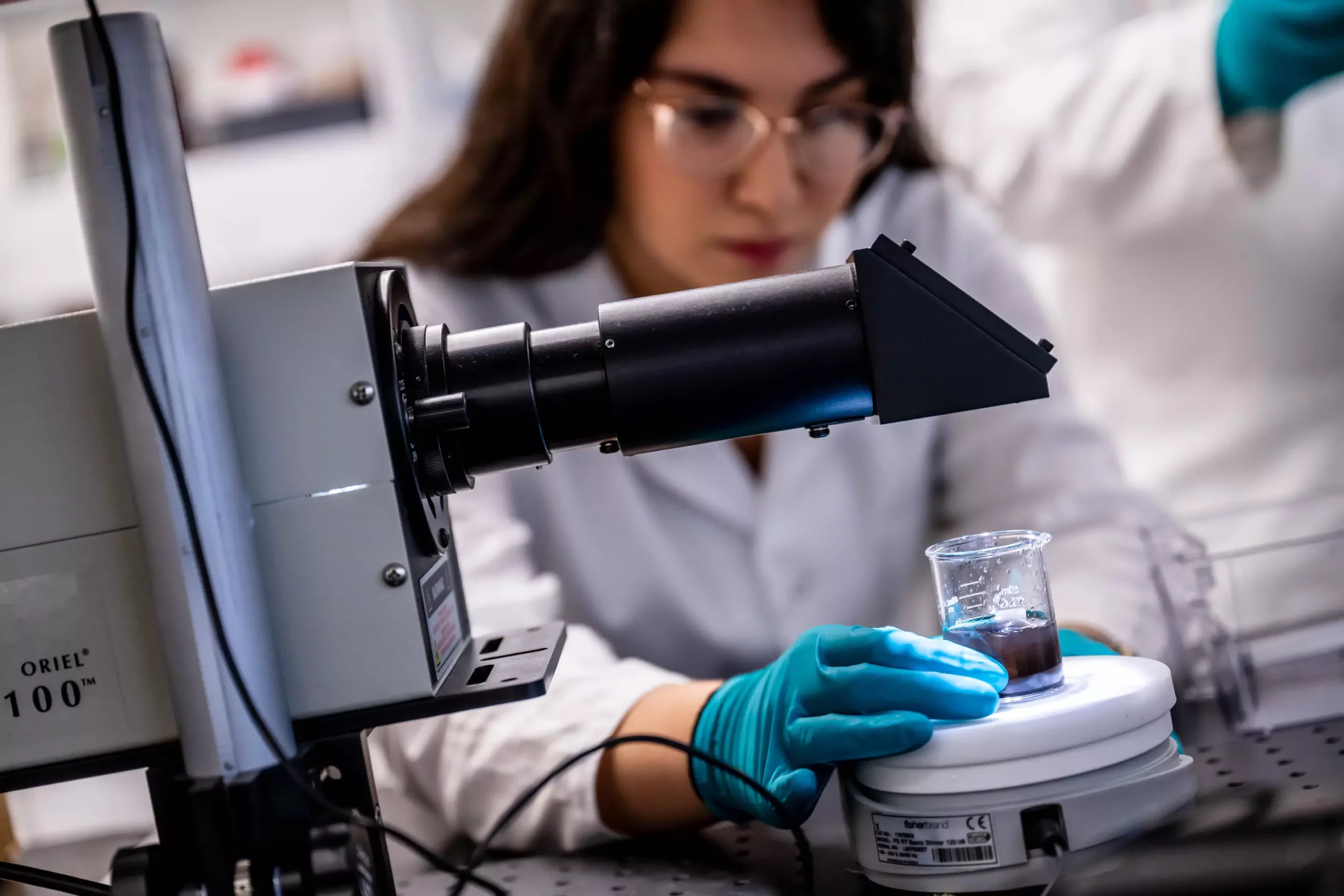In a remarkable breakthrough, researchers at the University of British Columbia (UBC) have pioneered a groundbreaking treatment that effectively captures and neutralizes per- and polyfluoroalkyl substances (PFAS)—commonly referred to as “forever chemicals.” Published in the esteemed journal Nature Communications Engineering, this innovation presents a potential game-changer in the ongoing fight against the pervasive water contamination caused by these resilient pollutants.
PFAS are synthetic chemicals broadly used in various industrial applications and consumer products due to their unique properties, such as resistance to heat, water, and stains. Commonly found in water-repellent fabrics, food packaging, and firefighting foams, these harmful substances are alarmingly persistent in the environment. They have been detected in water supplies globally, raising pressing public health concerns linked to serious illnesses like cancer and liver damage. The durability that makes PFAS so useful in manufacturing also contributes to their status as environmental pollutants that pose serious long-term risks, leading to increasing regulations and public scrutiny surrounding their use and disposal.
Dr. Johan Foster, who leads the research team at UBC, articulates the complexity of addressing PFAS contamination: “PFAS are notoriously difficult to break down, whether they’re in the environment or in the human body.” The efficacy of treatment methods to eliminate these chemicals has been lacking; most existing technologies are not only inefficient but also present financial and operational challenges.
The innovative system designed by UBC researchers integrates cutting-edge technology to offer a dual-functionality: adsorption and destruction of PFAS. By utilizing an advanced activated carbon filter in conjunction with a unique catalyst, this system effectively traps harmful PFAS molecules while simultaneously degrading them into harmless byproducts. This two-in-one approach sets it apart from traditional methods, which either solely remove contaminants or attempt their breakdown.
Dr. Foster emphasizes the speed of this novel process, stating, “We can put huge volumes of water through this catalyst, and it will adsorb the PFAS and destroy it in a quick two-step process.” The technique demonstrates a remarkable efficiency, enabling significant water treatment while minimizing time and resource expenditure.
Furthermore, the treatment requires ultraviolet (UV) light to facilitate the reaction but operates effectively under a broader spectrum of light conditions than conventional methods. During rigorous testing, the system achieved an impressive removal rate of over 85% of PFOA—the most studied type of PFAS—even under low UV exposure. “Its effectiveness under varying conditions ensures its applicability in diverse settings, including areas with limited sunlight,” adds Dr. Raphaell Moreira, a co-researcher from Universität Bremen.
The researchers are optimistic about the potential application of their catalyst beyond PFAS removal. The unique properties of this catalyst suggest it might also be effective against other persistent environmental contaminants, offering comprehensive solutions to widespread water pollution challenges. With this promising development, the team has formed a company, ReAct Materials, to explore commercialization avenues for their technology, focusing on municipal water systems and industrial waste treatment.
Dr. Foster points out the advantages of their approach: “Our catalyst can eliminate up to 90% of forever chemicals in water in as little as three hours—significantly faster than comparable solutions on the market.” Beyond efficiency, the catalyst is economically appealing, as it can be synthesized using materials sourced from forest or agricultural waste, thus enhancing its sustainability.
This revolutionary treatment represents a significant advancement in chemical engineering and environmental science. By addressing the PFAS crisis with a sustainable and efficient approach, the UBC team’s work not only tackles a pressing health threat but also opens new avenues for technology that can be adapted to various contaminants. As communities around the world grapple with the realities of contaminated water supplies, innovations like this shine a hopeful light on the path toward cleaner and safer drinking water. The future of water treatment appears riper with possibilities, thanks to the ingenuity and commitment of researchers dedicated to environmental health.


Leave a Reply